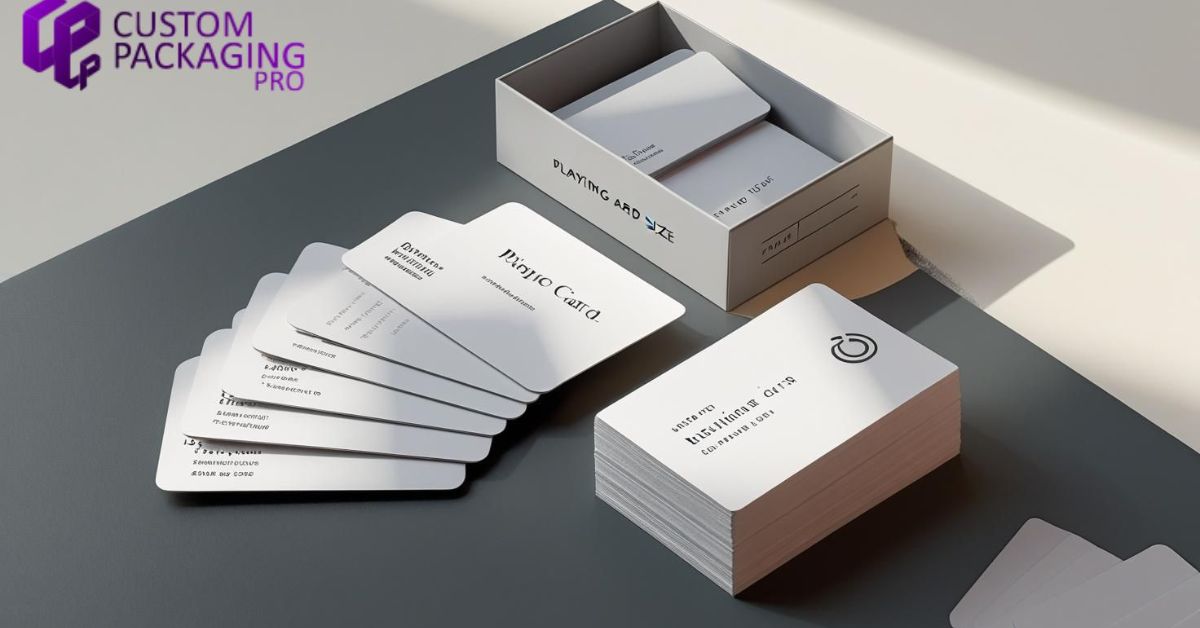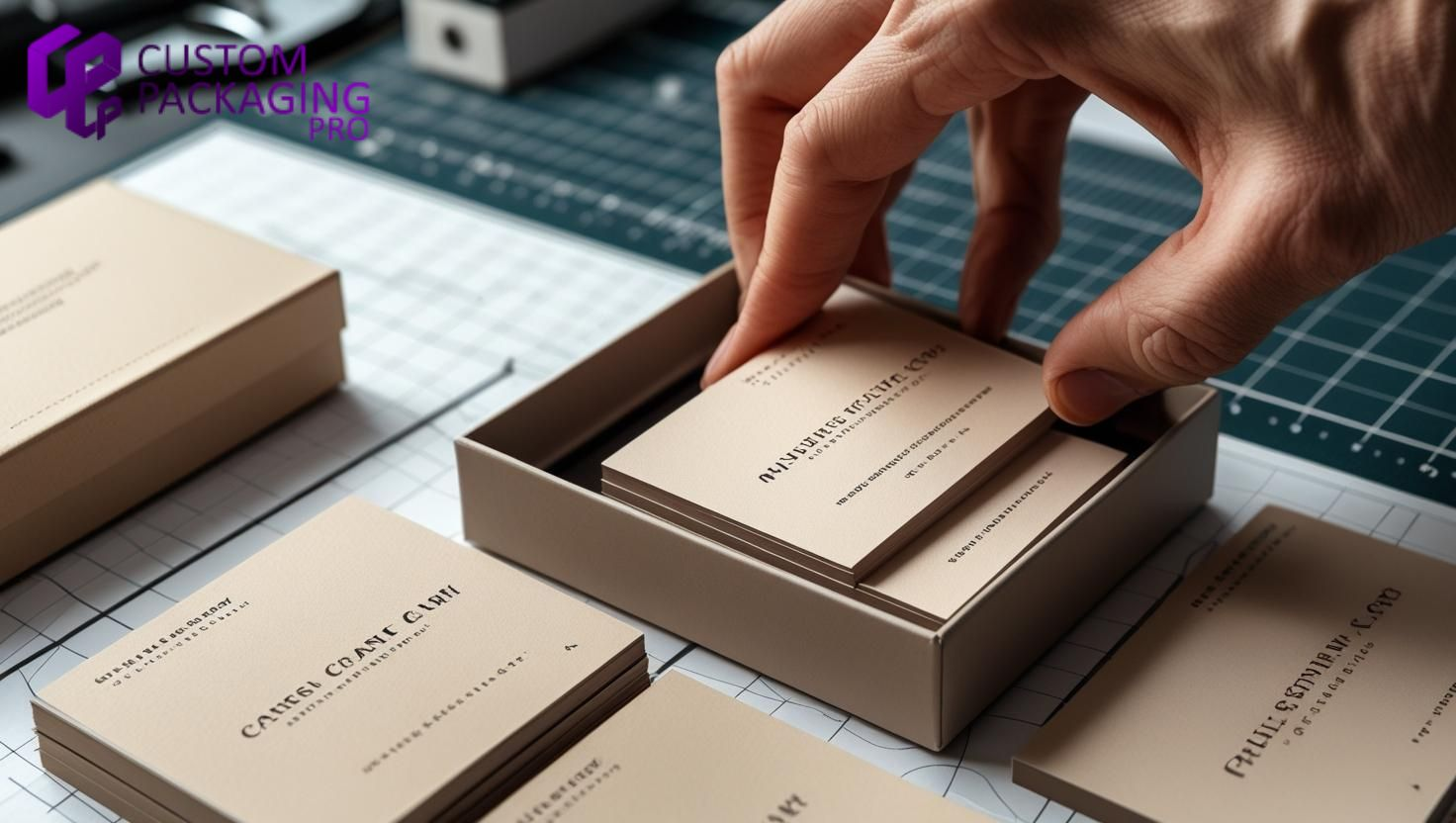BUSINESS
Outdoor Furniture for Resort Pools- Safety and Style Considerations

When it comes to creating a welcoming and enjoyable environment around resort pools, the choice of outdoor furniture is critical. Not only does the furniture need to look appealing, but it must also prioritize safety for all guests. This blog delves into the essential safety and style considerations for outdoor furniture at resort pools, emphasizing the importance of products like the elegant Frankford umbrella and commercial beach umbrella.
The Importance of Safety in Outdoor Pool Furniture
Safety should always be a top priority when selecting outdoor furniture for resort pools. With various guests using the space, it’s crucial to choose pieces that are designed with safety features in mind.
Stability of Furniture
- Weight and Design: Ensure that the furniture is sturdy enough to withstand wind and movement. Lightweight furniture may be more prone to tipping, which can pose hazards to guests.
- Anchoring Options: Consider options that can be anchored to the ground or secured in place, particularly for items like commercial beach umbrellas. Stability is essential to prevent accidents.
Choosing the Right Materials
The materials used in outdoor furniture can significantly impact safety and maintenance. Selecting the right materials ensures durability and enhances safety.
Weather-Resistant Materials
- Durability: Outdoor furniture should be made from materials that can withstand exposure to the elements without deteriorating. Materials like aluminum, teak, and resin wicker are popular choices.
- Non-Slip Surfaces: Select furniture with non-slip surfaces, particularly for poolside areas where water can create slippery conditions.
UV Resistance
- Protection Against Fading: Choose materials treated for UV resistance to prevent fading and deterioration. This not only maintains the aesthetic appeal but also ensures the safety of guests.
- Comfort in Heat: Fabrics should remain cool to the touch even in hot weather, preventing burns and discomfort for guests lounging in the sun.
Ensuring Comfort and Accessibility
Comfort is paramount in outdoor spaces, especially around pools. Guests should feel relaxed while enjoying their time.
Ergonomic Design
- Supportive Seating: Look for lounge chairs and poolside seating that offer ergonomic support, ensuring comfort for extended periods.
- Adjustable Features: Furniture with adjustable positions allows guests to customize their seating for maximum comfort.
Accessibility for All Guests
- Inclusive Design: Consider furniture that accommodates guests of all ages and abilities. This may include lower seating options or furniture designed for easy access.
- Clear Pathways: Ensure that furniture arrangements allow for clear pathways, making it easy for guests to navigate the pool area safely.
Incorporating Shade Solutions
Providing adequate shade is crucial for guest comfort and safety. Effective shade solutions can enhance the pool experience while protecting guests from harmful UV rays.
Benefits of Shade
- Health Protection: Shade reduces exposure to UV radiation, lowering the risk of sunburn and heat-related illnesses among guests.
- Extended Usage: Providing shaded areas allows guests to enjoy the pool facilities even during peak sun hours, enhancing overall satisfaction.
Elegant Frankford Umbrella
The elegant Frankford umbrella is an excellent choice for providing shade around resort pools.
- Stylish Design: These umbrellas are available in various styles and colors, enhancing the aesthetic appeal of the pool area.
- Stability and Durability: Designed to withstand outdoor conditions, Frankford umbrellas are sturdy and reliable, ensuring safety for guests.
Creating Stylish Outdoor Spaces
While safety is crucial, the visual appeal of outdoor furniture also plays a significant role in creating inviting environments. Stylish furniture enhances the overall atmosphere of the pool area.
Color Coordination
- Harmonious Color Schemes: Choose colors that complement the resort’s branding and the surrounding environment. Harmonious color schemes create a cohesive look and feel.
- Accent Pieces: Incorporate accent pieces that add visual interest without overwhelming the space. This can include cushions, throws, or decorative accessories.
Unique Designs
- Contemporary Styles: Selecting contemporary designs that reflect current trends can attract guests and enhance their experience.
- Functional Aesthetics: Opt for furniture that balances functionality with aesthetics, ensuring that style does not compromise comfort or safety.
Maintenance and Longevity
The longevity of outdoor furniture is vital for maintaining a safe and inviting environment. Regular maintenance practices can extend the life of furniture while ensuring it remains visually appealing.
Cleaning and Care
- Routine Maintenance: Regularly clean furniture to prevent dirt and grime buildup, which can lead to safety hazards. Use gentle cleaning products to preserve materials.
- Seasonal Care: Prepare outdoor furniture for seasonal changes by inspecting for wear and tear and storing items when not in use to prevent damage.
Quality Assurance
- Investing in Durable Pieces: Choosing high-quality furniture, such as commercial beach umbrellas and elegant Frankford umbrella, can significantly reduce replacement costs over time.
- Warranty and Support: Select furniture from reputable brands that offer warranties and customer support, ensuring peace of mind regarding durability and maintenance.
Designing for Guest Interaction
Creating spaces that encourage interaction among guests enhances the overall experience around resort pools.
Social Seating Arrangements
- Group Settings: Arrange seating to promote socialization. Group seating arrangements can encourage conversation and connection among guests.
- Flexible Layouts: Consider modular furniture that can be easily rearranged to accommodate different group sizes and events.
Engagement with the Environment
- Incorporating Nature: Use natural elements in the design, such as plants or water features, to create a serene environment that invites guests to relax and enjoy.
- Open Spaces: Maintain open spaces around the pool to facilitate movement and create a more inviting atmosphere.
Safety Regulations and Compliance
When selecting outdoor furniture for resort pools, it’s crucial to adhere to safety regulations and standards.
Understanding Local Regulations
- Safety Standards: Familiarize yourself with local safety standards for outdoor furniture, particularly regarding materials and structural integrity.
- Accessibility Compliance: Ensure that furniture arrangements comply with accessibility regulations to accommodate all guests, including those with disabilities.
Staff Training
- Training on Safety Practices: Provide staff with training on the importance of safety in outdoor spaces and proper furniture maintenance.
- Guest Education: Inform guests about safe practices while using pool areas, including guidelines for furniture use.
Final Thoughts on Outdoor Furniture for Resort Pools
Choosing the right outdoor furniture for resort pools involves balancing safety with style considerations.
By incorporating elements like the elegant Frankford umbrella and commercial beach umbrellas, resorts can create inviting, functional spaces that enhance guest experiences.
Focusing on materials, comfort, accessibility, and aesthetics will ensure that outdoor furniture meets the needs of guests while maintaining a safe environment. Ultimately, the right furniture choices will contribute to the overall success and appeal of the resort’s outdoor spaces.
BUSINESS
How Often Should You Visit the Dentist? Insurance-Friendly Tips

General Recommendations for Dental Visits
How often you need to visit the dentist isn’t always clear-cut. The long-standing rule was to see your dentist two times a year for checkups and professional cleanings. This twice-yearly schedule promotes early detection of dental concerns, such as tooth decay, gum disease, and oral cancer, making treatment easier and less invasive. By catching problems before they can worsen, you can often avoid more complex and expensive procedures.
For those with chronic conditions, such as diabetes, or a past incidence of cavities and gum disease, dental professionals often suggest more frequent check-ins, sometimes every three to six months. This shorter interval allows your dentist to closely monitor healing, disease progression, and the effectiveness of your home care routine. Many dental insurance policies, especially comprehensive options like Delta Dental PPO insurance in Florida, are designed to support regular preventive care, making it easier to stick to the right schedule without unexpected costs. If you’re unsure how often you should go, talk with your dentist about individual risk factors and how other health issues, such as pregnancy or medication use, may influence your needs.
Factors Influencing Visit Frequency
Your unique health profile determines how often dental appointments should be booked. Consider these influencing elements:
- Oral Health Status: Past or current dental problems, such as recurring tooth decay, enamel erosion, or gum disease, require closer monitoring. Some patients are more prone to cavities or periodontal disease due to genetic factors, medications, or underlying medical conditions.
- Overall Health: Illnesses like heart disease and autoimmune conditions may necessitate more frequent dental oversight. Evidence shows a strong connection between oral and systemic health; conditions like diabetes can influence gum health, so regular dental evaluations are essential.
- Lifestyle Choices: Smoking, high sugar intake, and poor oral hygiene increase the risk of issues and warrant more regular exams. If you suffer from dry mouth due to medications or treatment (like radiation therapy), you may also be at higher risk for oral health problems.
For those at low risk, which means you practice good oral hygiene, have no history of dental disease, and maintain a balanced diet, annual or twice-yearly visits may suffice. Always consult your dentist to determine an individualized care plan based on these factors, and don’t hesitate to ask about what schedule best fits your life and health status.
Maximizing Dental Insurance Benefits
Dentists urge patients to make the most of their dental insurance coverage, which can significantly impact treatment decisions and costs. Many often leave benefits unused, potentially missing out on essential preventive care that their plan covers. Here are effective ways to maximize your benefits:
- Stay In-Network: Choose a provider within your insurance’s network for lower co-pays, as insurers have pre-negotiated rates with participating dentists. Out-of-network care often means higher out-of-pocket costs, so consult your insurance portal to find a suitable dentist.
- Strategic Treatment Planning: If you need extensive dental work, consider spreading treatments over the end and beginning of two calendar years to take advantage of annual benefit resets. By doing this, you may be able to use two years’ worth of benefits to cover procedures, reducing your expenses.
- Utilize Tax-Advantaged Accounts: Flexible Spending Accounts (FSAs) and Health Savings Accounts (HSAs) can be used to pay for eligible dental expenses with pre-tax dollars; track deadlines to avoid losing unused funds. These accounts are especially valuable if your plan limits covered treatments or you need elective procedures.
Review your insurance benefits annually and discuss with your dentist to optimize preventive and necessary care. Many dentists will even help you navigate paperwork to ensure your treatment is as affordable as possible, so don’t hesitate to ask their office staff for guidance.
Preventive Care: A Cost-Effective Approach
Preventive dentistry is your best defense against high dental costs and health problems. Regular dental cleanings and examinations can help catch cavities, gum problems, and oral cancers before they progress. Early detection leads to simpler, less invasive, and less expensive treatments. Most dental plans cover these visits at 100%, making them the most cost-effective way to maintain oral health. Even if you’re paying out of pocket, prevention is much lower than the cost of treating problems left to worsen over time.
Preventive Services Often Covered
- Professional cleanings to remove hardened plaque and tartar that brushing alone can’t reach
- Examinations and X-rays to reveal hidden cavities or bone loss that may be missed during a visual inspection
- Sealants and fluoride treatments for children, and sometimes for adults at greater risk for cavities, to strengthen tooth enamel and prevent decay
Routine dental care can prevent costly interventions and more serious health issues later. Untreated gum disease, for instance, has been linked to heart disease, stroke, and complications during pregnancy, making prevention invaluable to your overall well-being.
Addressing Dental Anxiety
Anxiety about dental visits is common, but avoiding the dentist only increases the risk of serious issues. Millions of Americans delay or skip dental care due to fear, but modern dental practices offer solutions to make visits more comfortable and stress-free. By addressing dental anxiety head-on, you protect yourself from escalating problems and ensure that minor concerns stay manageable.
- Open Communication: Share your concerns with your dentist so your care team can accommodate your needs. Many offices are experienced in working with anxious patients and will explain procedures in detail and work at your pace.
- Relaxation Techniques: Deep breathing, visualization, or calming music can greatly reduce stress. Many providers now offer amenities like headphones or blankets to help you relax during treatment.
- Sedation Dentistry: For patients with severe anxiety, sedation options can ensure a more positive experience. Whether it’s minimal sedation with “laughing gas” or deeper sedation for lengthy procedures, your dentist can discuss options to help you feel comfortable and safe.
Prioritizing your mental comfort empowers you to keep up with essential dental visits. Remember, every positive experience at the dentist makes the next one easier, and your dental team supports you every step of the way.
Alternative Options for the Uninsured
If you’re uninsured, affordable dental care is still within reach. Many resources are available to provide essential care and support good oral health, even when traditional dental insurance isn’t an option. Proactive oral care and regular checkups can save you money in the long run by preventing emergencies and avoiding complicated treatments.
- Dental Schools: Clinics at Dental schools offer treatments supervised by faculty at much lower costs. Students perform procedures as part of their education, all under the close watch of experienced instructors. While appointments may take longer, the savings can be substantial, and you’ll still receive high-quality care.
- Community Clinics: Nonprofit and government-funded clinics provide sliding fee scales based on your income. These clinics exist in many communities and cover a range of services, from cleanings and fillings to emergency tooth extractions.
- Discount Plans: Dental discount membership plans grant access to reduced rates for an annual fee.
With a little research and planning, you can find practical options to sustain your oral health even without insurance. Don’t let a lack of coverage keep you from seeking dental care; oral health is essential to overall wellness and can be managed with creativity and resourcefulness.
Conclusion
Individual needs—not just tradition—determine the best dental visit schedule. Regular, preventive appointments are invaluable to lifelong oral health, early problem detection, and cost savings. Whether you have traditional insurance, a dental PPO plan, or no coverage, prioritize your dental health and use available benefits or alternatives wisely. Consult with your dentist to customize your oral care routine and keep your smile healthy for years to come. Committing to proactive and preventive care pays dividends throughout your life and helps you avoid unnecessary pain or expense down the line.
BUSINESS
Exploring the Secrets Behind XRP Prices in the UK

In the wave of digital currencies, xrp price uk, as a highly anticipated cryptocurrency, has always attracted the attention of many investors due to its price trend in the UK market. Below, we will delve into the trend of XRP prices in the UK market.
Introduction to XRP
XRP is the fundamental currency of the Ripple network, which can circulate throughout the entire Ripple network with a total quantity of 100 billion and gradually decreases with increasing transactions. Ripple is an open payment network designed to address the slow and costly cross-border payments in traditional financial systems. XRP has a certain user base worldwide due to its efficient transaction speed and low transaction fees. In the UK, with the continuous development of the digital currency market, XRP has gradually entered the view of investors.
Historical trend of XRP prices in the UK market
Looking back at the past few years, the XRP prices in the UK market have experienced significant fluctuations. In the early stages, due to the overall development of the digital currency market, XRP prices were relatively low and had small fluctuations. With the increasing market awareness of digital currencies and Ripple’s continuous expansion in the payment field, XRP prices are gradually rising. During the digital currency bull market from late 2017 to early 2018, XRP prices reached historical highs. However, the market subsequently entered a bear market, and XRP prices also dropped significantly. In recent years, its price has fluctuated within a certain range, influenced by various factors such as market supply and demand, macroeconomic environment, and regulatory policies.
Factors affecting the price trend of XRP in the UK market
From the perspective of market supply and demand, if the demand for XRP in the UK market increases while the supply remains relatively stable, prices tend to rise; Otherwise, it will decline. The macroeconomic environment also plays an important role. When the economic situation is unstable, investors may shift their funds to safe haven assets such as digital currencies, thereby driving up XRP prices. In terms of regulatory policies, the UK’s regulatory attitude and policy changes towards digital currencies will directly affect market confidence. If regulatory policies tighten, it may lead to investors selling XRP and causing prices to fall; Loose policies are conducive to price increases. In addition, Ripple’s business development, technological innovation, and cooperation with financial institutions will also have an impact on XRP prices.
Future trend outlook
Looking ahead, the XRP price trend in the UK market is full of uncertainty. On the one hand, if Ripple can make more breakthroughs in the payment field, cooperate with more financial institutions, and maintain relatively loose digital currency regulatory policies in the UK, then XRP prices are expected to rise. On the other hand, the competition in the digital currency market is fierce, and new competitors are constantly emerging, which may have an impact on XRP’s market share. Meanwhile, changes in the global economic situation and adjustments in regulatory policies may also lead to price fluctuations. Investors need to consider various factors comprehensively and make cautious investment decisions when paying attention to the trend of XRP prices.
BUSINESS
From Handshake to Handoff: Why Business Cards and Their Boxes Still Matter in Modern Branding

In an era where most interactions happen online, physical tools like business cards and business card boxes might seem outdated. But for businesses serious about branding, the handshake isn’t complete until a card is exchanged—and properly stored. Despite rapid digitalization, these tangible elements still pack a punch in first impressions, organization, and brand continuity.
Let’s break down why business cards and their custom packaging matter more than ever.
The Enduring Power of a Physical Card
The act of handing over a business card creates a tactile and memorable moment. It’s more than contact information—it’s a reflection of your brand.
- Credibility: A high-quality business card suggests trust and seriousness.
- Brand Recognition: Color, typography, and layout all reinforce visual identity.
- Networking Efficiency: In fast-paced conferences or meetings, it’s faster and more professional to hand a card than to fumble with phones.
Even with NFC tech and QR codes rising, physical business cards remain irreplaceable for many professionals. And when they’re accompanied by well-designed business card boxes, they elevate the entire experience.
What Makes a Business Card Box Essential?
Business card boxes are often overlooked, but they serve both practical and branding purposes.
| Feature | Benefit |
| Protection | Prevents bends, smudges, and wear |
| Organization | Keeps multiple styles or contacts separated |
| Presentation | Gives a professional touch during handover |
| Branding Surface | Offers logo space for subtle marketing |
| Bulk Utility | Useful for tradeshows, sales teams, and events |
For B2B industries—where first impressions matter most—custom business card boxes can serve as silent brand ambassadors.
Designing for Impact: Tips for Modern Business Cards
To make a card that lands well, keep these tips in mind (especially if you’re opting for a standard playing card size, which is popular for creative business card designs):
- Use durable materials like 16pt or 18pt stock with matte or glossy finishes.
- Consider embossing, foil stamping, or spot UV for texture.
- Keep designs minimal but branded—colors, icons, and fonts matter.
- Add QR codes that link to portfolio, website, or LinkedIn.
Cards may be small, but their influence is large when the design aligns with the brand’s values. Combined with well-matched business card boxes, you ensure brand consistency from creation to presentation.

Who Needs Custom Business Card Boxes?
Custom boxes aren’t just for storage—they’re an extension of your professional story. Here’s where they shine:
| Industry | Use Case |
| Real Estate | Client meetings, open house handouts |
| Consulting Firms | Brand authority in corporate networking |
| Design Agencies | Creative presentation of contact info |
| Event Planners | Quick access to cards for vendor communication |
| Tech Startups | Pitch sessions and launch event handouts |
Having a box that holds your cards cleanly and stylishly reflects foresight and attention to detail—values every client respects.
Common User Questions Answered Naturally
- “Why do people still use business cards?”
- “How to store business cards professionally?”
- “Are business card boxes useful for networking?”
- “Best packaging for business cards”
All terms are answered conversationally to meet Google’s EEAT and voice search intent.
Why Custom Packaging Pro is the Smart Choice
If you’re looking for a partner to help you make lasting impressions, Custom Packaging Pro delivers:
- Custom-sized business card boxes with premium finishes
- Durable materials for both card protection and presentation
- In-house designers to help match your box with your branding
- Bulk discounts and reliable delivery for B2B teams
Whether you’re rebranding, launching, or attending an expo, CPP helps your brand show up sharp—card and box in hand.
FAQs
Q: Are business cards still relevant in 2025?
A: Yes! Physical business cards are still widely used in professional networking and leave a lasting impression.
Q: What are business card boxes used for?
A: They protect, organize, and elevate the presentation of your business cards.
Q: Can I get custom printed business card boxes?
A: Absolutely—companies like Custom Packaging Pro offer full customization options.
Q: What should I look for in a professional business card?
A: Durable material, clean design, brand consistency, and maybe a QR code for digital linking.

Conclusion
Even in the digital age, business cards—and the boxes that store them—deliver unmatched value in networking, branding, and presentation. For B2B professionals and growing brands, they’re a small but mighty investment. Partner with Custom Packaging ProF to create business card packaging that speaks before you say a word.
-

 TECHNOLOGY2 years ago
TECHNOLOGY2 years agoElevating Game Day Eats: A Guide to Crafting Crowd-Pleasing Sliders
-

 ENTERTAINMENT2 years ago
ENTERTAINMENT2 years agowave_of_happy_: Your Ultimate Guide
-

 FASHION2 years ago
FASHION2 years agoGPMsign Fashion: Redefining Style with Purpose
-

 TECHNOLOGY1 year ago
TECHNOLOGY1 year agoTrader Joe’s Dayforce: Revolutionizing Workforce Management
-

 FOOD2 years ago
FOOD2 years agoAltador Cup Food Court Background: A Culinary Extravaganza Unveiled
-

 HOME IMPROVEMENT1 year ago
HOME IMPROVEMENT1 year agoWhat Kitchen Renovation Companies Offer Beyond Basic Remodeling
-

 SPORTS2 years ago
SPORTS2 years agoScore Chaser Sporting Clays: A Thrilling Pursuit of Precision
-

 NEWS2 years ago
NEWS2 years agoNyl2 Kemono: Unveiling the World
